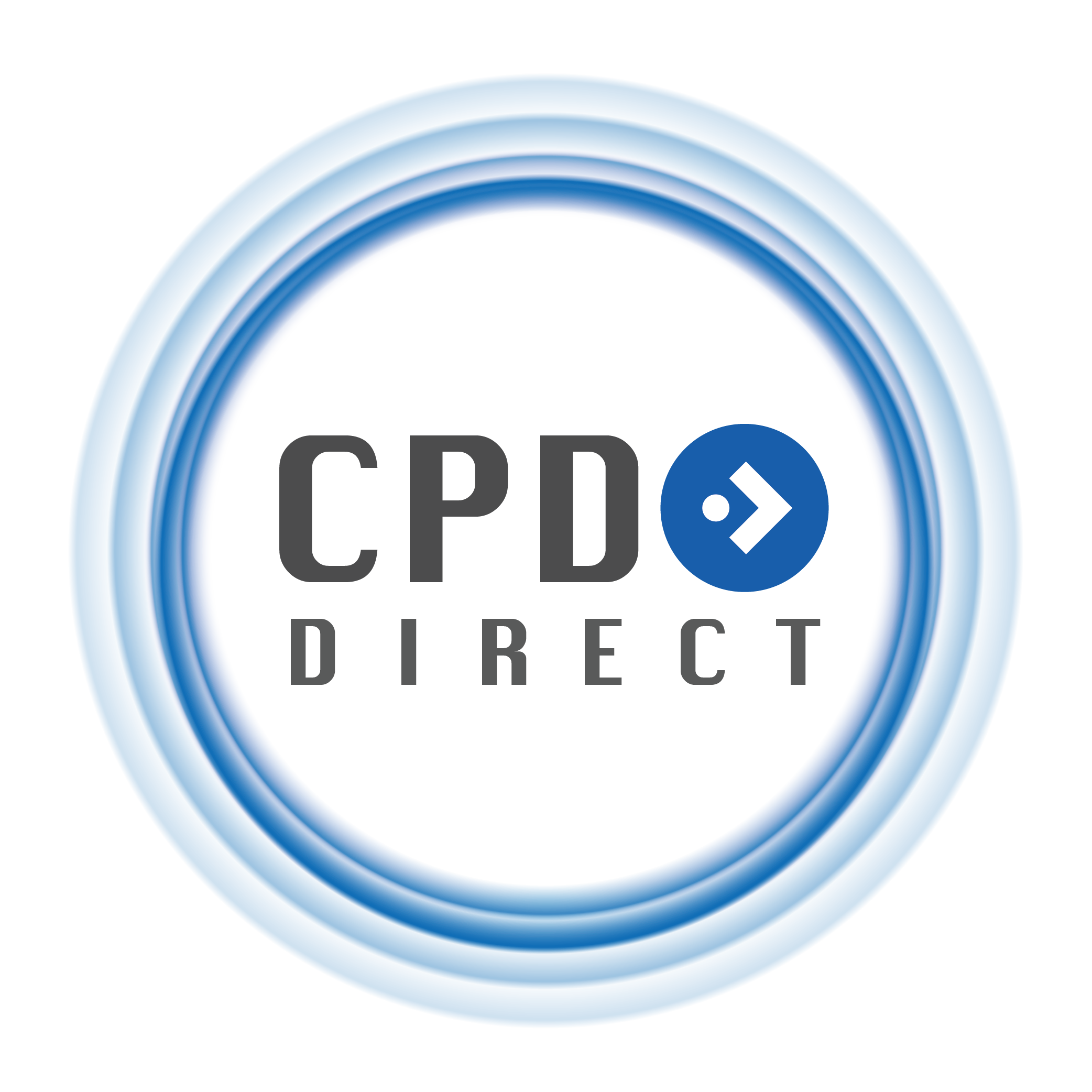Tailoring CPD to Individual Needs
Personalised learning has gained traction in education as a powerful approach to meeting the diverse needs of learners. Similarly, in Continuous Professional Development (CPD), personalised learning offers educators the opportunity to tailor their professional development experiences to their individual interests, goals, and learning styles. In this blog, we’ll explore the concept of personalised learning in CPD and its benefits for educators.
Understanding Personalised Learning in CPD
Personalised learning in CPD involves designing professional development experiences that are tailored to the unique needs, preferences, and aspirations of educators. Rather than offering one-size-fits-all training programs or workshops, personalised CPD recognises that educators have diverse backgrounds, expertise, and professional goals, and seeks to provide opportunities for individualised learning and growth.
Benefits of Personalised Learning in CPD
- Relevance: Personalized CPD ensures that educators engage in learning experiences that are directly relevant to their roles, interests, and career aspirations. By focusing on topics and skills that align with their professional goals, educators are more motivated and engaged in their CPD activities.
- Flexibility: Personalized CPD offers educators flexibility in how, when, and where they engage in professional development. Whether through online courses, workshops, self-directed learning, or peer collaboration, educators can choose the modalities that best suit their preferences and schedules.
- Differentiation: Just as educators differentiate instruction to meet the diverse needs of their students, personalized CPD allows for differentiation in professional development. Educators can access resources and support tailored to their level of expertise, experience, and areas for growth.
- Self-directed Learning: Personalized CPD empowers educators to take ownership of their professional growth and development. By setting goals, identifying learning opportunities, and reflecting on their practice, educators become active participants in their CPD journey, driving their own learning forward.
Strategies for Implementing Personalised CPD
- Needs Assessment: Conduct a needs assessment to identify educators’ learning preferences, interests, and areas for development. This may involve surveys, interviews, or self-assessment tools to gather insights into educators’ professional goals and learning needs.
- Individual Learning Plans: Develop individualized learning plans for educators based on their needs assessment results. These plans outline specific learning goals, objectives, and activities tailored to each educator’s unique needs and interests.
- Resource Customization: Curate a diverse range of CPD resources, including articles, videos, webinars, and workshops, that address various topics and learning preferences. Offer educators the flexibility to choose resources that align with their interests and learning styles.
- Feedback and Reflection: Encourage ongoing feedback and reflection to support educators in monitoring their progress, evaluating their learning experiences, and adjusting their CPD plans as needed. Provide opportunities for peer feedback, mentorship, and coaching to enhance professional growth and development.
Personalised learning in CPD empowers educators to engage in meaningful, relevant, and flexible professional development experiences tailored to their individual needs and aspirations. By implementing personalised CPD strategies, educators can enhance their effectiveness, satisfaction, and impact in the classroom, ultimately benefiting their students and the broader education community.



